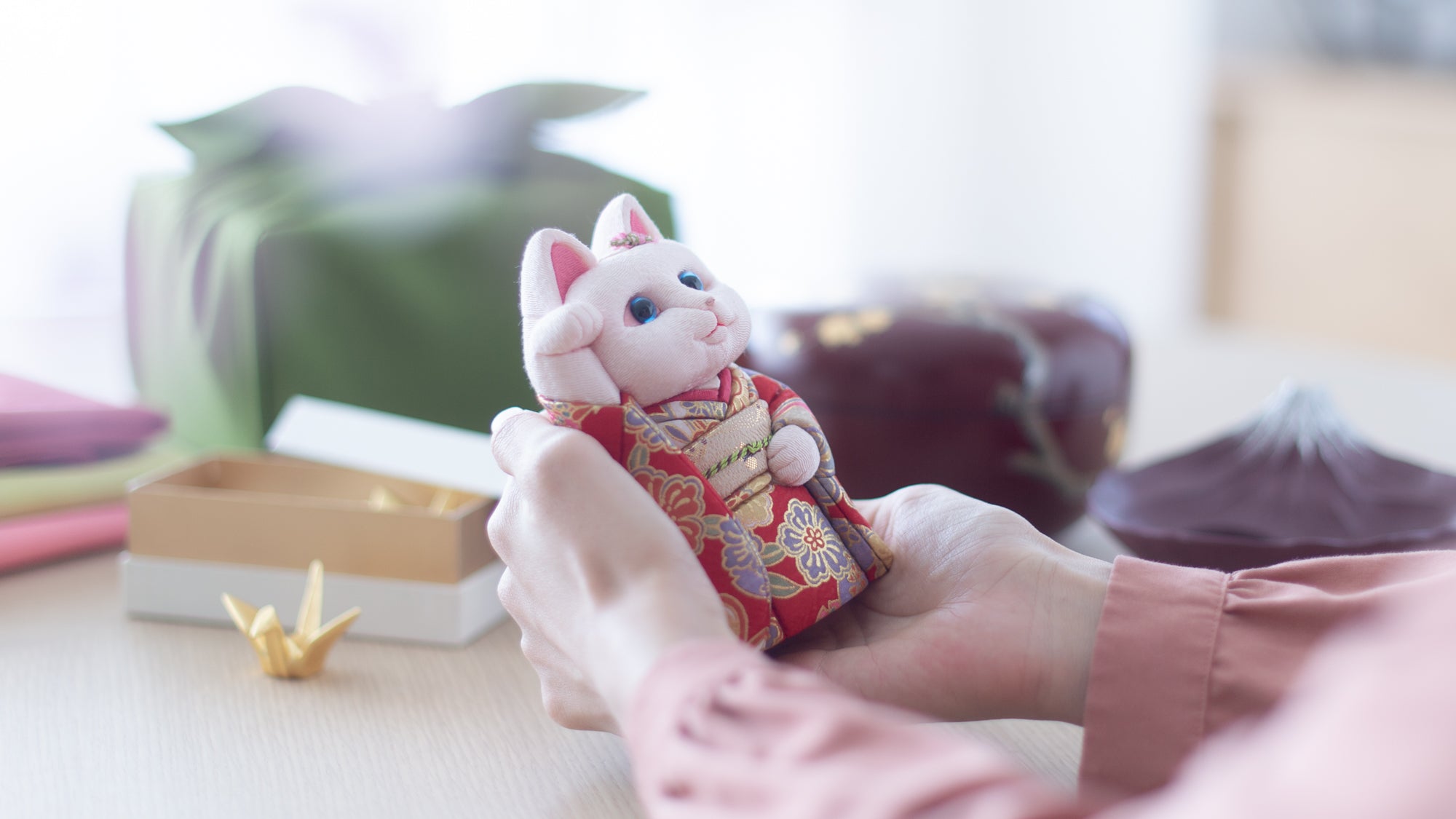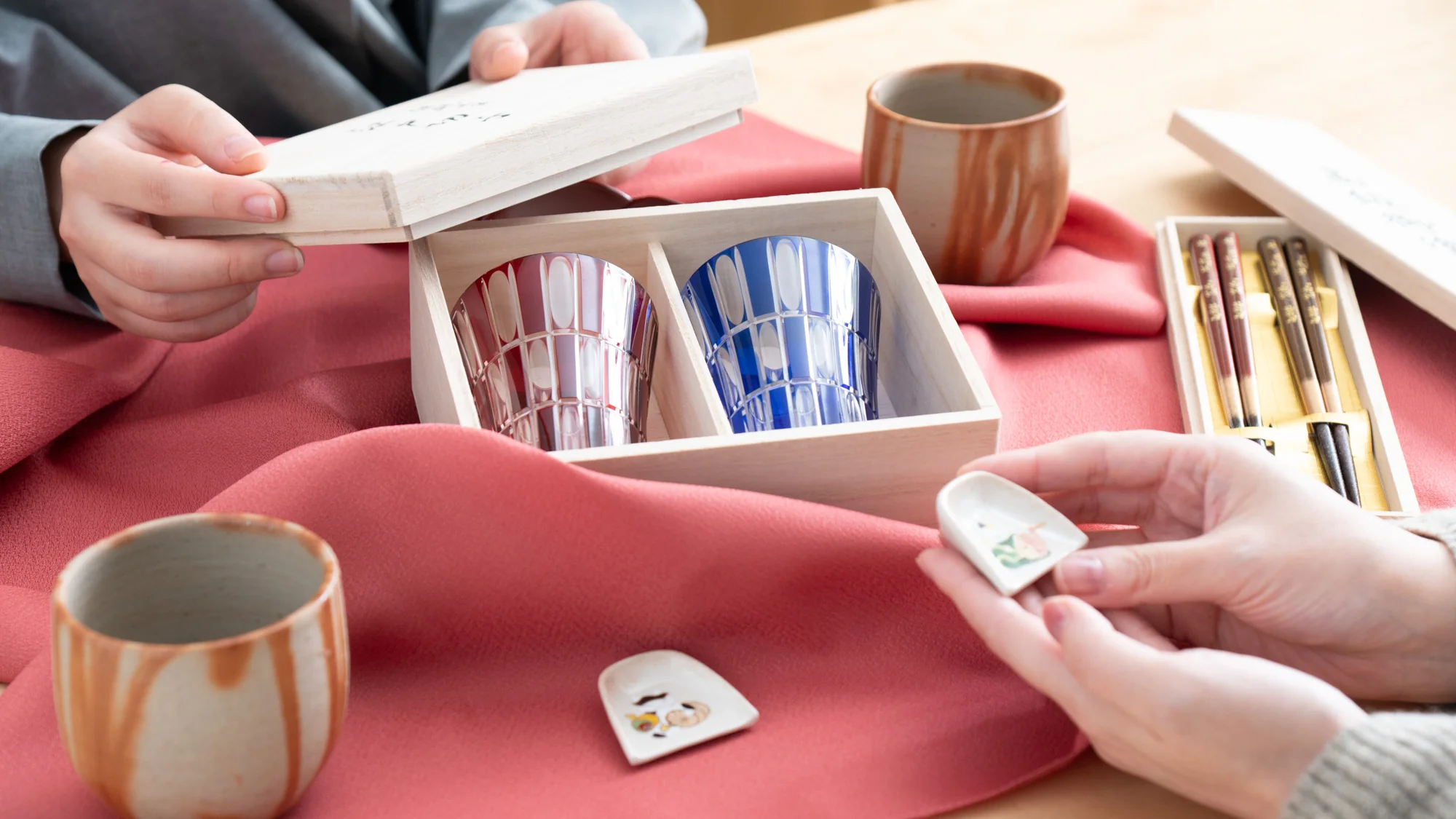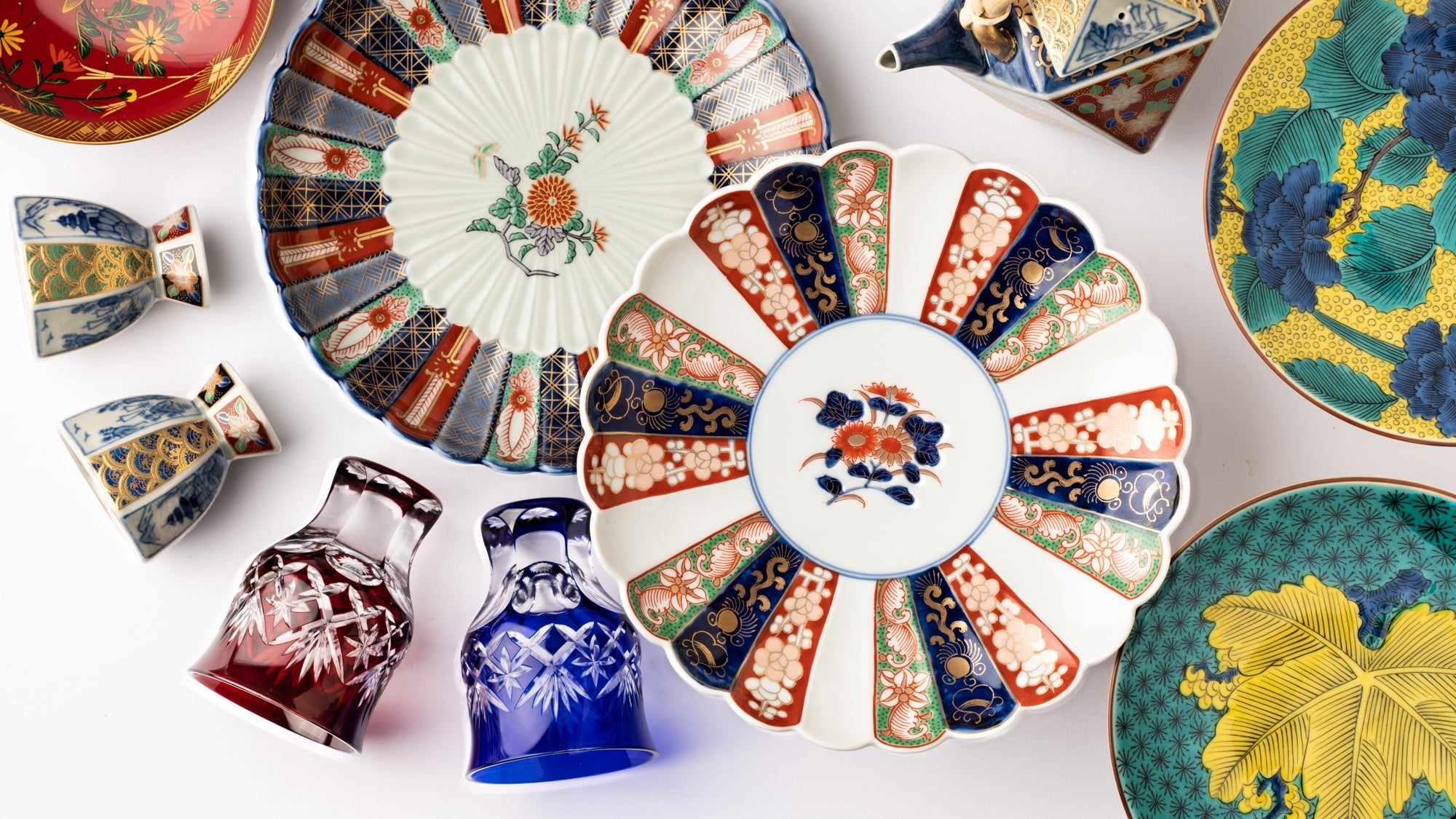06 December 2023
Fermentation: A Tradition Thriving in Modern Times


In Japan, everyday items like miso, soy sauce, bonito flakes, and natto, all products of fermentation, are integral to our daily diet. This reflects the deep-seated fermentation culture within Japanese cuisine. Growing up, I was often encouraged to eat miso soup and natto for their health benefits. But when foreign friends ask what natto is, or what soy sauce is, and I reply, "It's fermented soybeans," they often look disheartened, as if to say, "How can something fermented be tasty and healthy?"
The distinction between what is seen as rotten and discarded versus what is valued as fermented is intriguing. This article delves into the origins and evolution of fermentation in contemporary culture, highlighting its enduring impact on our lives and its crucial role in Japanese cuisine.
Contents
- Origins of Fermentation
- Fermentation or Spoilage?
- What is a Koji?
Origins of Fermentation

The exact beginnings of fermentation are unclear. There are theories that yogurt was accidentally made from milk, that fermentation bread originated in ancient Egypt, and that wine was inadvertently produced from neglected grapes. Fermented foods have been consumed since the prehistoric hunting era, as revealed in archaeological findings.
Fermentation emerged prior to refrigerating technology, evolving through our ancestors' trials and errors. Fermentation is established in various cultures worldwide, including Japan. Our ancestors, not understanding what microorganisms and the mechanism of fermentation were, must have understood the wonders of fermentation through their experiences and repeatedly experimented over many years.
Fermentation or Spoilage?
Regarding whether natto and soy sauce are "spoiled," both fermentation and spoilage involve microbial activity in food. The difference lies in whether the microbes are beneficial or harmful to humans. Beneficial microbes promote fermentation, while harmful ones cause spoilage. The distinction between fermentation and spoilage is defined by color, taste, and smell, varying greatly by culture and region.
For example, fermented condiments like natto and soy sauce are familiar and accepted in Japan but might not be in regions without such cultural context. In today's world, where food and culture are easily shared, defining the boundary between fermentation and spoilage remains a challenge, but the primary criterion is safety for human consumption.

Natto is made by combining soybeans with a bacteria known as natto bacteria. When natto bacteria proliferate in koji rice, they multiply rapidly, turning the entire batch into a slimy natto-like koji. Therefore, in Japan, it is said that those who enter sake breweries should not eat natto. In recent years, experiments combining rice koji and natto have led to the creation of koji natto.
What is a Koji?

Just as various microbes emerged globally, Japan's warm and humid climate led to the development of molds used in fermented condiments like miso, soy sauce, mirin, and sake. In 2006, the 'koji mold' was recognized as Japan's national fungus. Koji mold, applied to rice, barley, soybeans, and other grains, transforms them into fermented food ingredients. Koji is sold in supermarkets and widely used in pickles and other home-cooked dishes. It not only preserves food through fermentation but also innovates in seasonings, beverages like shochu, and sweet sake. Koji mold has significantly advanced Japan's food culture, establishing its own fermentation culture.

Koji is a rich source of B vitamins, including B2 and B6 which are essential for various bodily functions. This makes fermented foods, especially those involving koji, an excellent addition to our daily nutrition. The enzymes in koji also facilitate the production of oligosaccharide, which boosts the growth of beneficial bacteria in the gut, thus improving the intestinal environment. Fermented foods greatly benefit our bodies. How about adding one more item to your daily diet?

Amazake made with rice koji involves fermenting steamed rice and koji only. As a result, it does not contain alcohol and can be consumed by children and those who cannot drink alcohol.

Fermentation started out as an accidental discovery in the days before refrigeration and has been refined over the years through a lot of trial and error. People in the past must have intuitively known that fermentation was doing them good, and now, with all our scientific knowledge, we're starting to appreciate their instincts. We often use words without fully understanding what they mean, and I think fermentation is one of those. By learning about it and experimenting with it in cooking, we can enjoy the benefits of fermented foods in our daily lives and feel closer to the culture of fermentation.
by Usami Taki












































































































































































































